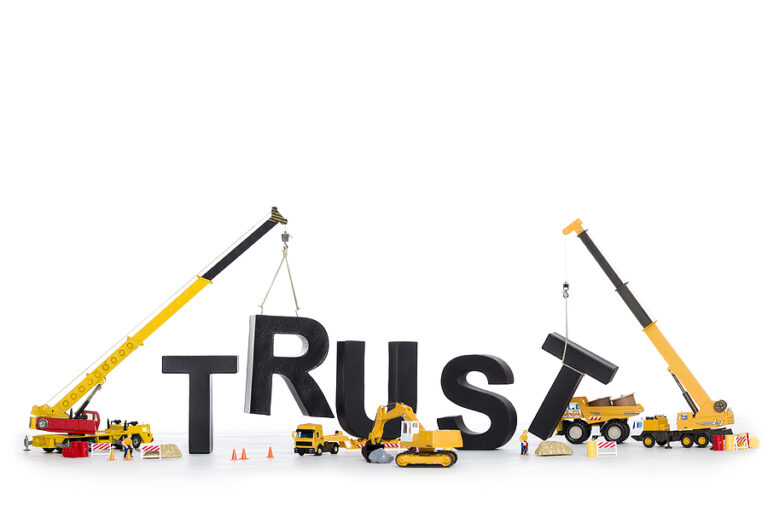Blog #204
As introduced in my most recent blog, #203 and Stage 1 of this series, I believe there are four distinct stages that companies experience on their way to thriving. They are as follows:
Last week, we discussed the first and most common stage, Reactive and Stuck. This week, we will discuss the second stage, Stabilize and In Transition.
- Reactive and Stuck
- Stabilize and In Transition
- Proactive and Planning
- Thriving and Focused
Stabilize and In Transition
For most of the teams with which I work, this is our first big step forward. This stage can be messy, emotional, and a bit scary at times. We begin to build accountability, clarity, and direction; however, the process starts to shine a light into those scary places we have avoided. For this to be successful, the team will need to be open and honest with each other, and willing to candidly discuss what is working – and more importantly – what is not.
My teams often experience the full spectrum of emotions when in this stage. As structures and accountabilities become clear and as the right things are addressed, people often become excited about the clarity of their roles. When a common vision is shared and people begin seeing a direction, it is as though there is a light at the end of the tunnel. This transition means that light no longer feels like a train racing towards you in the dark, but a distant glimmer of hope that things can really get better. Maybe not yet, but the hope is there.
Leadership Team
You can begin identifying if your organization is in this stage when you start realizing that things are out of control, and that it is the primary obligation of the senior leadership team to bring them back into control. To do this well, it takes three things from the leadership team. They are:
- A clear vision of where the company is going
- Clear definitions of each person’s role in the organization and what they are accountable for
- A consistent process to ensure weekly communication, accountability, and problem solving
These things must come from the leadership team and they must fully buy into it…and own it! This is rarely ever easy, and it does take some time. Investing the time now, though, will help the organization to stabilize. Additionally, your company will start breaking the cycles and bad habits of the past to make the transition into a new stage needed for growth.
How long an organization stays in this stage depends on a lot of factors, such as legacy culture, the wrong team members in the wrong seats, lack of accountability, and slipping back into bad habits, to name a few. The primary factor on how long a team stays in this stage comes down to their genuine commitment to change. If they are all in, the transition can occur within six to nine months. If, however, they are not, they can languish in a wishy-washy world for years. It is up to the team.
Asking yourself if your organization has addressed these three questions will help you determine if your company is in this stage of growth.
Next week, we will explore and learn about the third stage of growth, Proactive and Planning.
Is your company searching for some stability? Does transitioning seem tricky? We can help with this! Reach out to us today to find out how.





